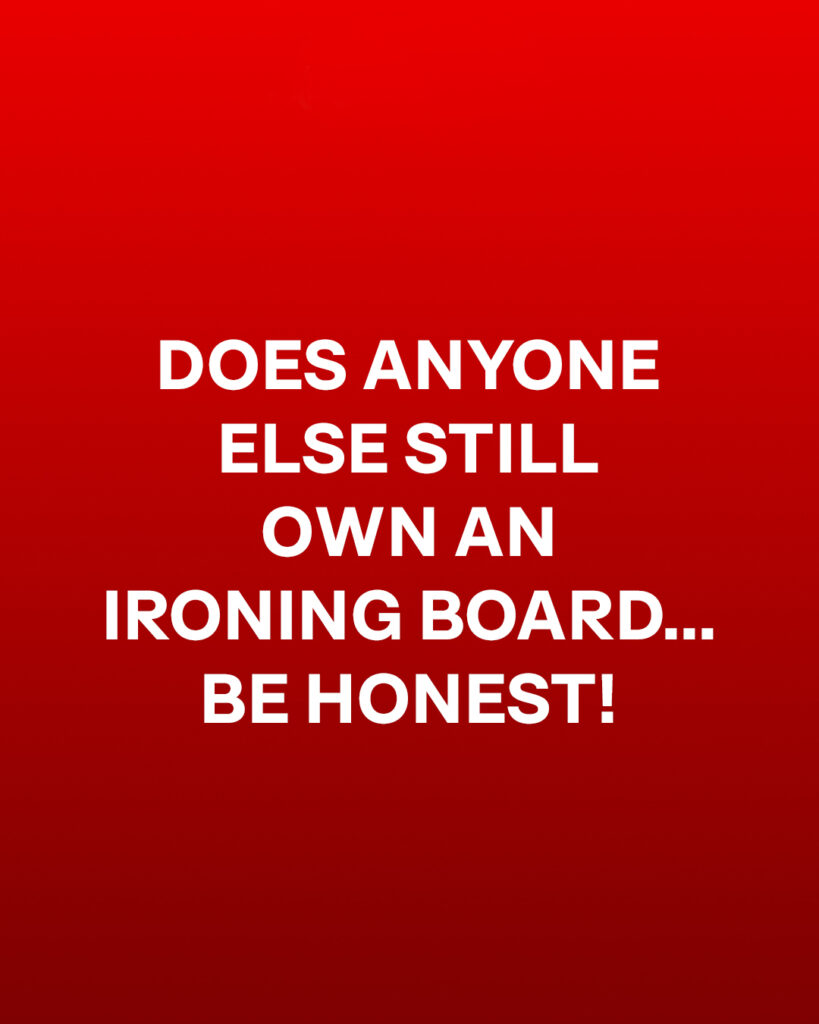Once a staple of every household, the ironing board now sits quietly in closets, garages, or thrift store aisles — a relic of a bygone era. For many, it evokes memories of mothers smoothing out school uniforms, of steam rising from cotton shirts, and of the rhythmic hiss of a hot iron gliding across fabric. It was more than a tool; it was a ritual, a gesture of care, pride, and presentation.
But times have changed. Wrinkle-resistant fabrics, garment steamers, and the rise of casual wear have rendered the ironing board nearly obsolete. Today, many people don’t even own one — and those who do rarely use it. Clothes are hung straight from the dryer, or worn with a shrug and a smile, creases and all. The modern wardrobe favors convenience over perfection.
Still, the ironing board holds quiet significance. It reminds us of a time when domestic labor was deeply gendered, when daughters learned to iron alongside their mothers, and when pressed clothes were a mark of dignity. It speaks to generational shifts — from homemaking to hustle culture, from starch to stretch.
Some still cling to it, not out of necessity, but sentiment. It’s a symbol of care, of effort, of a slower rhythm of life. Others repurpose it — as a sewing station, a makeshift desk, or a quirky piece of decor. And for a few, it remains essential, especially in professions where crispness still matters.
So, does anyone still own an ironing board? Yes. But its presence today is less about utility and more about memory, identity, and quiet rebellion against the disposable pace of modern life. It’s not just a board — it’s a story.



